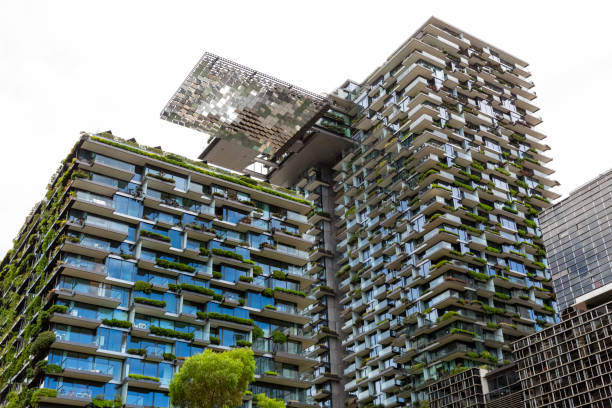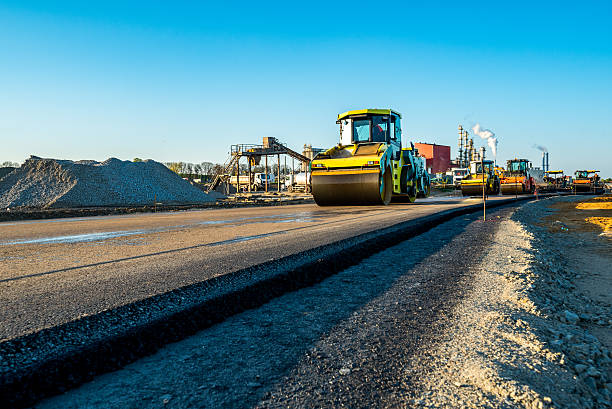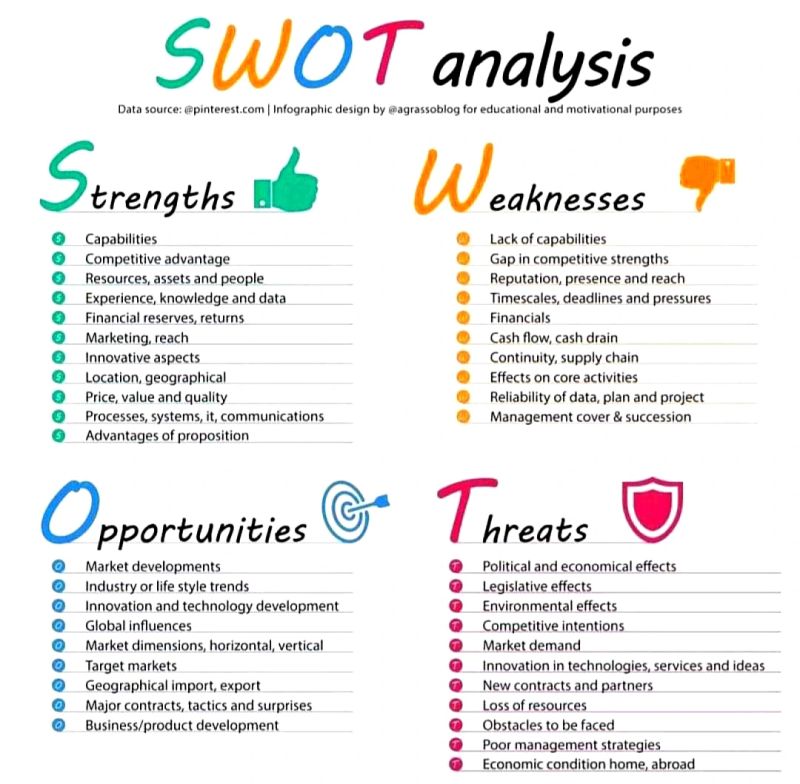"Building the Future: A Closer Look at Green Building Materials"
Title: "Building the Future: A Closer Look at Green Building Materials"
Introduction: In an era defined by environmental consciousness, the construction industry is undergoing a remarkable transformation with a growing emphasis on sustainable practices. A key component of this movement is the adoption of green building materials, which aim to minimize the ecological footprint of construction projects while offering numerous benefits in terms of energy efficiency, durability, and occupant health. In this blog, we explore the exciting world of green building materials, shedding light on their features, advantages, and the positive impact they are making on the construction industry and the planet.
-
Understanding Green Building Materials: Green building materials are those that are responsibly sourced, manufactured, and used in construction projects to reduce their environmental impact. They are often derived from renewable resources or recycled materials, and they possess qualities that promote energy efficiency, waste reduction, and improved indoor air quality.
-
Sustainable Wood Products: Wood, when sourced responsibly from sustainably managed forests, is one of the most popular green building materials. Engineered wood products like cross-laminated timber (CLT) and laminated veneer lumber (LVL) offer strength and versatility while sequestering carbon, making them an eco-friendly alternative to traditional concrete and steel.
-
Recycled and Upcycled Materials: One man's trash can be another man's building material. Recycled materials like reclaimed wood, recycled concrete, and recycled steel are finding their way into construction projects, diverting waste from landfills and reducing the need for virgin resources.
-
Green Concrete: Concrete is one of the most widely used construction materials, but its production contributes significantly to carbon emissions. Green concrete, also known as eco-friendly or low-carbon concrete, incorporates recycled aggregates and supplementary cementitious materials like fly ash and slag, reducing its carbon footprint without compromising strength and durability.
-
Energy-Efficient Insulation: Effective insulation is crucial for reducing energy consumption in buildings. Green insulation materials like cellulose, sheep's wool, and recycled denim not only provide excellent thermal properties but also have minimal impact on human health and the environment.
-
High-Performance Windows and Glazing: Energy-efficient windows and glazing play a significant role in reducing heating and cooling needs. Advanced glazing technologies with low-E coatings and insulating gases help optimize natural light while minimizing heat transfer, resulting in enhanced comfort and reduced energy usage.
-
Sustainable Flooring Options: Flooring choices can significantly impact indoor air quality and sustainability. Materials such as bamboo, cork, and linoleum are renewable, biodegradable, and emit fewer volatile organic compounds (VOCs) compared to conventional vinyl or carpeting.
-
Living Walls and Green Roofs: Living walls and green roofs integrate vegetation into building structures, providing insulation, reducing stormwater runoff, and enhancing air quality. They contribute to the overall aesthetics of a building while creating a harmonious relationship between nature and urban spaces.
Conclusion: Green building materials are at the forefront of a sustainable revolution in the construction industry. From their responsible sourcing and production to their energy-efficient and health-promoting properties, these materials are setting a new standard for building design and construction. Embracing green building materials not only reduces the environmental impact of construction projects but also ensures a healthier and more comfortable living and working environment for occupants. As the world moves towards a greener future, the widespread adoption of these materials will play a vital role in building a sustainable planet for generations to come.





